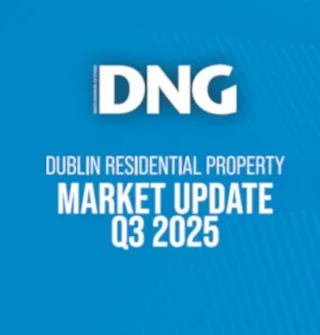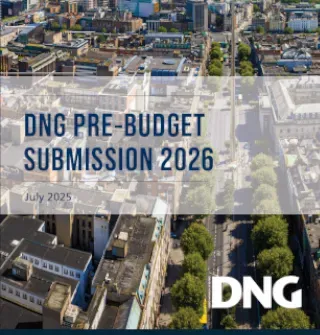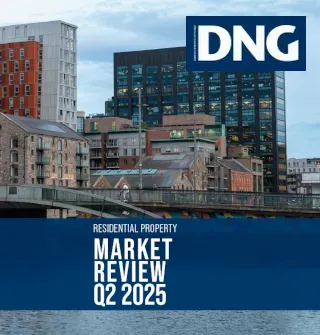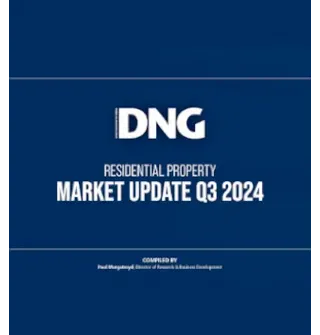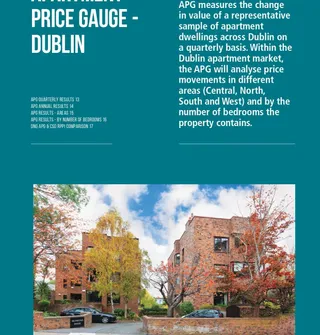DNG Residential Market Review Q4 2021

As we enter 2022, and on the back of very strong price growth, especially in the latter part of 2021, I think it is very evident that the property market is going to perform robustly again this year, with further price growth anticipated especially in the first quarter of 2022 and little chance of a substantial change in the supply-demand imbalance that exists in the residential sales market. The Eurozone continues to benefit from the prevailing low-interest-rate environment, a position that is likely to remain in the short term at least. However, there are some indications that rates may creep up slightly later this year as a result of rising inflation around Europe which is under close watch by the European Central Bank. The current low-interest-rate environment is attracting many small and large-scale investors to the residential market and is also making it very cost-effective for homebuyers to purchase, with the majority of mortgage payments costing less than the equivalent rental cost.
There is little doubt that today’s potential homebuyers face a challenging set of circumstances in the current market. With relatively tight supply levels in the market and with demand showing no real signs of abating, buyers are currently faced with competitive bidding situations on virtually every property that is available for sale.
However, I feel that some recent media commentary has been somewhat misleading and unhelpful to would-be purchasers trying to assess where the market is currently at.
Firstly, some commentators have suggested that property prices are very close to the Celtic Tiger peak levels in Dublin seen back in 2006/2007. With maybe the odd exception, this is simply not the case as house prices remain 30% below previous peak levels in the capital (Q3 2006). Whilst some areas and property types have of course outperformed others, prices, in general, are still some way off their previous peak as recorded by the DNG HousePrice Gauge, the latest results of which are detailed in this report.
Secondly, it has been reported recently that the number of available residential rental properties is the lowest on record, an assertion based on very credible data from the main rental portal, daft. ie. Whilst the data detailing the advertised numbers is beyond doubt, the actual position ‘on the ground’ may not be fully represented by those numbers alone, for example, the large PRS schemes only advertise a small selection of units that are representative of entire developments. Therefore, I would contend that the comparison of available rental stock data is no longer ‘like for like’ and that there are in fact more properties available to let than are shown in the levels currently being reported.

Subscribe
Subscribe to receive DNG Research & Analysis Updates




